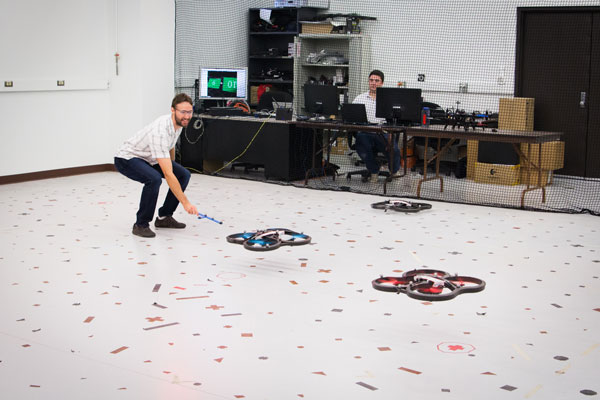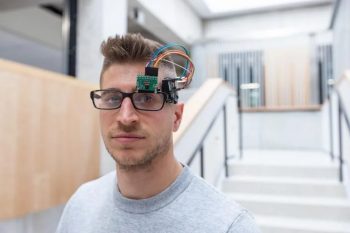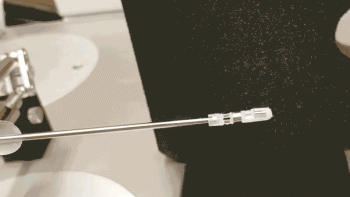This story is the third in a news series on artificial intelligence and machine learning, published throughout the spring and summer of 2017.
The flying robots have arrived — but how can we teach them to pilot themselves safely? That’s one of the key questions at the first-ever international symposium hosted by U of T Engineering’s Centre for Aerial Robotics Research and Education (CARRE).
“This conference is a great opportunity for our students and other interested people to learn from the best drone researchers from around the world,” says Professor Angela Schoellig (UTIAS), who is co-chairing the conference along with Professors Hugh Liu and Jonathan Kelly (both UTIAS). Conference registration is still open online.
Learn more about training drone experts at U of T Engineering
Experts from industry and academia and more than 100 students will attend the conference on June 21 and 22. Speakers from Switzerland, Austria and the U.S. will present the latest research on hot topics in the field, such as how to fly drones — also known as unmanned aerial vehicles, or UAVs — in complex environments without relying on GPS.
“If you’re flying close to infrastructure, such as a building or power cables, GPS may not be accurate enough,” says Schoellig. Her team researches other methods of drone navigation, such as stitching together images captured by drone-mounted cameras into a 3-D map. Schoellig and her students develop the algorithms that generate these maps and enable drones to adjust their flight path to follow or avoid elements within it.
Learn more about Professor Schoellig and her research team
The conference will also feature demonstrations from companies such as drone manufacturer DJI and U of T Engineering spinoff Arrowonics. Founded by CARRE director Hugh Liu, Arrowonics uses patented technology to synchronize the flight of dozens of drones, creating innovative light displays for a wide variety of occasions.
The use of drones for photography, videography and lighting displays is becoming more widespread, but Schoellig says that there are many other areas where drones will soon be able to make a contribution. One of the first will likely be inspection and environmental monitoring, particularly for industries such as mining or oil and gas extraction.
“Mining sites are huge,” she says. “Monitoring them with helicopters is extremely expensive, and helicopters can’t fly close to rock piles and rock surfaces or infrastructure, like oil rigs or power plants. Drones can give operators information about what’s going on at their site that would otherwise be impossible to get. And because mine sites are much more carefully controlled than public areas, the risk of accidents can be mitigated.”
Schoellig and her team have built drones that can land on water, take a measurement, and bring this information back to the lab, enabling long-distance environmental monitoring. In the future, drones could even be used to deliver supplies to remote mining sites, potentially saving thousands of dollars in transportation costs. Rwanda has even begun a pilot program to deliver blood for transfusions using drones.
The CARRE international symposium is designed to spark the collaborations that will address these challenges. “We’re training the next generation of UAV experts,” says Schoellig. “This is a chance for established and startup companies to access our exceptional talent pool.”




